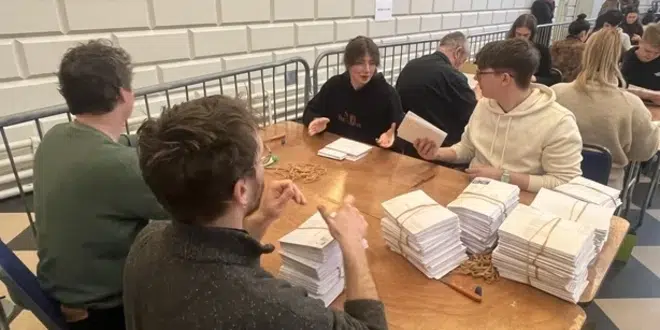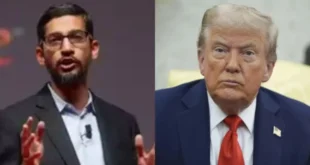Counting is underway in the Seanad election, with the first results from the two university panels expected to be announced this evening.
Voting officially ended in both the NUI panel and the Dublin University/Trinity College panel this morning at 11 a.m. Turnout figures indicate that close to 30% voted in the NUI panel, with the Dublin University/Trinity College panel at an estimated turnout of between 23% and 24%.
Counting for the NUI panel is continuing at the RDS in Dublin while votes for the Dublin University/Trinity College panel are being counted at the examination hall on Trinity College’s campus. Organisers say they expect the first count to be completed for both panels this evening, with the overall count expected to be complete by Thursday night.
Each of the above will elect three candidates to the 60-seat Seanad. A further 11 seats are Taoiseach nominations and will be confirmed once all the other results are in, while the remainder will come from the five vocational panels with vote counting continuing on Thursday over the weekend.
It currently limits voters to NUI and Trinity College graduates, plus newly elected TDs, outgoing senators, and sitting councillors, whereas in future Seanad elections, this will be dramatically opened up to include all third-level graduates in Ireland.
What is Seanad?
Over the past few weeks, 141 candidates have been actively campaigning, aiming to secure a seat in the next Seanad. Under the Irish Constitution, this election must be held within 90 days of the Dáil’s dissolution, making it a swift and crucial process.
Among those vying for a seat are several former TDs who lost their positions in November’s General Election, including Ossian Smyth, Joe Flaherty, Anne Rabbitte, Chris Andrews, Alan Farrell, Malcolm Noonan, Pauline Tully, and Cathal Berry. Additionally, the candidate list features notable figures such as former presidential hopeful Liadh Ní Riada, ex-minister Katherine Zappone, who is seeking a return to Irish politics, and Stormont’s former economy minister Conor Murphy.
The race also includes a broad mix of contenders, from independent candidates and representatives of advocacy groups to prominent local councillors looking to transition into national politics. Sitting senators are equally determined to retain their seats for another term.
A total of 60 seats are available in the Seanad, though 11 of these are reserved for appointment by the Taoiseach. As a result, the 141 candidates are effectively competing for 49 seats spread across seven panels:
- National University of Ireland (3 seats)
- Dublin University/Trinity College (3 seats)
- Cultural and Educational (5 seats)
- Agricultural (11 seats)
- Industrial and Commercial (9 seats)
- Administrative (7 seats)
- Labour (11 seats)
The electorate for this election is highly restricted, with voting rights limited to graduates of Trinity College Dublin (TCD) and the National University of Ireland (NUI), along with newly elected TDs, outgoing senators, and sitting councillors. Given these limitations, candidates have strategically focused their campaigns on postal outreach and social media engagement. Those contesting vocational panel seats have also been meeting with councillors in person to gain their support.
The results of their efforts will only become clear at the end of the month when vote counting begins. For the university panels, polls will close at 11 a.m. on January 29, with counting commencing soon after. The vocational panel polls will close a day later, on January 30 at 11 a.m., marking the start of another critical phase in Ireland’s political landscape.
 The Daily Star Ireland
The Daily Star Ireland



